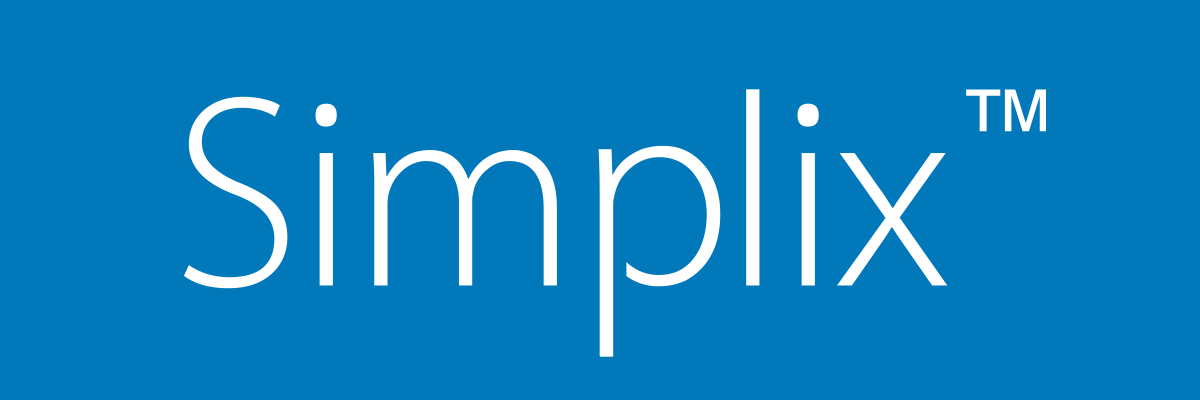Personal finance is more than just managing your money; it’s about understanding your financial situation and making informed decisions to achieve your goals. It’s like being the CEO of your own financial empire, where you’re responsible for everything from budgeting and saving to investing and protecting your wealth.
Understanding Your Financial Situation
- Create a Net Worth Statement: Calculate your net worth by subtracting your liabilities (what you owe) from your assets (what you own). This will give you a snapshot of your financial health and help you identify areas for improvement. Assets include your savings accounts, investments, property, and personal belongings. Liabilities include your credit card debt, student loans, and any other outstanding debts. A positive net worth indicates that your assets exceed your liabilities, while a negative net worth means you owe more than you own.
- Analyze Your Cash Flow: Track your income and expenses to find ways to save or cut back. This could involve creating a budget, using budgeting apps, or reviewing your bank statements and credit card bills. Once you understand your spending habits, you can prioritize essential expenses, eliminate unnecessary spending, and allocate more money towards savings and debt repayment.
- Review Your Credit Report: Your credit report is a comprehensive record of your credit history, including your payment history, credit utilization, length of credit history, types of credit, and public records. It’s used by lenders to assess your creditworthiness and determine whether you’re eligible for loans and credit cards.
Setting Financial Goals
- Short-Term Goals: These are achievable within a year, such as building an emergency fund or paying off debt.
- Long-Term Goals: These take more time, such as buying a home, saving for retirement, or starting a business.
- SMART Goals: When setting financial goals, it’s crucial to make them SMART. This means they should be:
- Specific: Clearly define your goal. Instead of saying “I want to save more money,” specify “I want to save ₹1,00,000 for a down payment on a house by the end of the year.”
- Measurable: Set a quantifiable target. This will help you track your progress and stay motivated. For example, instead of saying “I want to reduce my debt,” specify “I want to reduce my credit card debt by ₹2,000 within six months.”
- Achievable: Make sure your goal is realistic and attainable. Consider your income, expenses, and other financial obligations. For instance, if your income is limited, it might not be realistic to aim for a ₹1,00,000 savings goal within a year.
- Relevant: Ensure your goal aligns with your overall financial objectives and lifestyle. For example, if your goal is to retire early, saving for retirement would be a relevant financial goal.
- Time-bound: Set a deadline for achieving your goal. This will create a sense of urgency and help you stay focused. For instance, instead of saying “I want to start investing,” specify “I want to start investing ₹1,000 per month in a retirement account by the end of this quarter.”
Budgeting and Saving
- 50/30/20 Rule: Allocate 50% of your income to essentials, 30% to discretionary spending, and 20% to savings and debt repayment.
- Envelope System: Use physical or digital envelopes to allocate funds for specific categories.
- Automated Savings: One of the most effective ways to save money consistently is to set up automatic transfers from your checking account to a savings account. This can be done through your bank’s online or mobile banking platform, or by using a budgeting app. By automating your savings, you’re less likely to spend the money on impulse purchases or unnecessary expenses. You can schedule recurring transfers to be made on a weekly, bi-weekly, or monthly basis. Additionally, consider setting up a savings account specifically for your emergency fund or long-term goals. This can help you visualize your progress and stay motivated.
- Here are some additional tips for effective automated savings:
- Start small: Begin with a small amount and gradually increase your savings as your income grows.
- Set multiple savings goals: Create separate savings accounts for different financial objectives, such as an emergency fund, retirement savings, and vacation funds.
- Review your savings regularly: Periodically assess your savings progress and make adjustments as needed.
- Consider using a high-yield savings account: These accounts offer higher interest rates than traditional savings accounts, allowing your money to grow faster.
- Avoid overdraft fees: Ensure you have enough funds in your checking account to cover your automatic transfers and avoid overdraft fees.
- Here are some additional tips for effective automated savings:
Managing Debt
- Debt Avalanche Method: Pay off debts with the highest interest rates first.
- Debt Snowball Method: Pay off debts from smallest to largest to gain momentum.
- Debt Consolidation: Combine multiple debts into a single loan with a lower interest rate. This can be a helpful strategy for those who are struggling to manage multiple debts. However, it’s important to carefully consider the terms of the consolidation loan, including the interest rate, fees, and repayment terms. If you’re considering debt consolidation, it’s recommended to consult with a financial advisor to determine if it’s the right option for your situation.
Investing
- Diversification: Spread your investments across different asset classes to reduce risk.
- Risk Tolerance: Assess your comfort level with risk to determine suitable investment strategies.
- Retirement Planning: Retirement planning is a critical aspect of personal finance, as it ensures that you have sufficient funds to maintain your desired lifestyle during your retirement years.
- Here are some key considerations for retirement planning:
- Determine your retirement goals: Consider your desired retirement age, income, and lifestyle. This will help you calculate how much you need to save for retirement.
- Estimate your retirement expenses: Factor in inflation and other potential expenses, such as healthcare costs.
- Choose retirement accounts: Consider contributing to employer-sponsored retirement plans, such as 401(k)s or 403(b)s, as well as individual retirement accounts (IRAs).
- Diversify your investments: Spread your retirement savings across different asset classes to reduce risk.
- Regularly review and adjust your retirement plan: As your circumstances change, it’s important to review and update your retirement plan to ensure it remains on track.
- Here are some key considerations for retirement planning:
Protecting Your Wealth
- Insurance: Obtain appropriate insurance coverage, such as health, life, home, and auto insurance.
- Estate Planning: Create a will, living trust, and power of attorney to ensure your assets are distributed according to your wishes.
Additional Considerations
- Tax Planning: Understanding tax laws and strategies is crucial for minimizing your tax liability. This involves being aware of deductions, credits, and tax-advantaged investment accounts. Consider consulting with a tax professional to ensure you’re taking advantage of all available tax benefits.
- Financial Education: Continuously learning about personal finance is essential for making informed decisions and staying ahead of financial trends. This can involve reading books, attending workshops, or following financial blogs and podcasts. By staying informed, you can improve your financial literacy and make better choices for your future.
- Professional Advice: Seeking guidance from a financial advisor can be invaluable for navigating complex financial matters. A qualified advisor can provide personalized advice based on your unique circumstances and goals. They can help you create a comprehensive financial plan, manage your investments, and address any financial challenges you may face.
- Emergency Preparedness: Preparing for unexpected financial emergencies is essential for maintaining financial stability. This involves building an emergency fund to cover unexpected expenses, such as medical bills, job loss, or car repairs. Consider creating a budget that includes a dedicated savings allocation for your emergency fund. Additionally, explore insurance options, such as health insurance, disability insurance, and homeowners’ insurance, to protect yourself from financial losses in case of unforeseen events.
Remember, personal finance is a lifelong journey. By understanding these key components and implementing effective strategies, you can take control of your financial future and achieve your goals.






